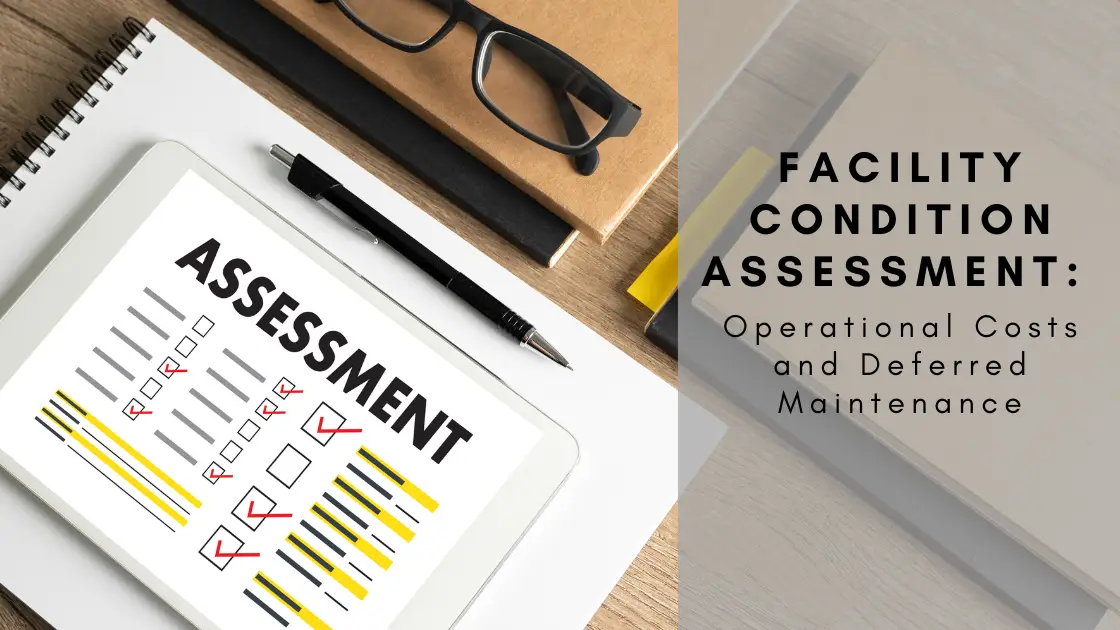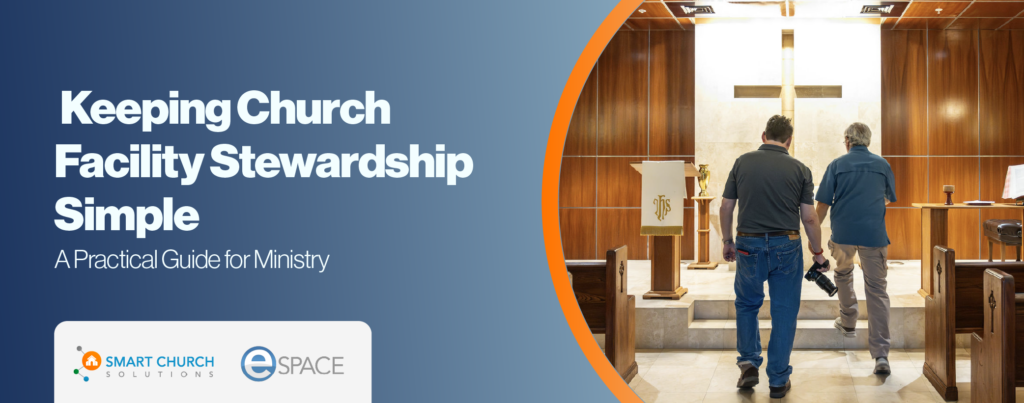I assume that if you are reading this, you are a facility steward. You may be a technician, manager, or volunteer — something that places you in a position to care for the facility entrusted to you. Caring for what has been entrusted to us is a calling. Unfortunately, we often treat this calling as a number that we do not recognize and treat as spam.
I got a call from a Texas number while writing this. They let me know they could help me with something. I asked what the company name was and its location. They told me they were in Florida. They snickered and hung up when I told them I was looking them up right then. I guess they didn’t want to help me. The reasonable question is, “What does this have to do with Facility Condition Assessments, operational costs, and deferred maintenance?”
Your Church Facility’s Warranty
Simple, your facility wants to talk to you about its’ expiring warranty and how to extend it. It wants to speak with you about how it can help you with your mission. It sounds like a spam call. But in this case, it is legitimate. Before walking further down this analogy rabbit trail, let’s talk about operational costs (or benchmarks) and deferred maintenance.
Operational costs are what you invest into the stewardship of your facility. We primarily focus on utilities, custodial, maintenance, and capital reserves. How much you invest per square foot (in the latter three categories) will dictate the health and relevancy of your facility. Your spending per square foot on utilities indicates how efficiently you operate your facility. (We have gathered the data and have it available on our website here. Please check it out if you haven’t.)
Deferred maintenance is an umbrella term to denote things that could, should, or need to be replaced, repaired, or addressed. Deferring a planned replacement, an improvement, or a repair is not always negative. Sometimes it makes sense to delay if there is a legitimate reason, not just because we close our eyes to the problem. Unfortunately, lack of funding, planning, and personnel dictate the deferment of needed improvements in many organizations, which compounds the problem.
Operational Costs and Deferred Maintenance on Center Stage
When we perform a Facility Condition Assessment, these two areas are the primary drivers for the final evaluation. In over 4.7 million square feet of facility evaluations and $60 million in identified deferred maintenance, I have never had a church spend less than the minimum recommended in custodial, maintenance, and capital reserves and have a properly maintained, clean, and efficient operation. That means the average deferred maintenance per square foot is $12.83. If you add the minimum recommended amount to invest in your facility per square foot in the three categories, it is $4.75.
Consider a conclusion reached from the research by Rick Biedenweg, president of Pacific Partners Consulting Group, and colleagues: “Every $1 deferred in maintenance costs $4 of capital renewal needs in the future.”
That’s a 300% increase. It’s not a real cause for celebration. The reality is that overspending on repairs, maintenance, and projects increases the negative impact. Again, reasonable to ask what I mean by that. From a “Fresh Eyes” perspective, as I evaluate facilities, their maintenance and presentation influence how I feel they will treat and care for my family and me. If the restrooms are in worse shape than a rest stop (not including Buc’ees; if you know, you know), why would I want to come back? How can I trust your follow-up on my needs if obvious deficiencies are left unaddressed? Your building has a great deal to say, and if we are not mindful of what it is saying to those that enter, we become viewed negatively by the community.
You Are Not Alone
“Like success, failure is many things to many people. With Positive Mental Attitude, failure is a learning experience, a rung on the ladder, a plateau at which to get your thoughts in order and prepare to try again.”
– W. Clement Stone.
Take heart. You are not alone in this struggle. The first step is understanding that there is (probably) an issue.
You are not at the level of investment in the three things you need to maintain effectively and efficiently what has been entrusted to you: time, personnel, and funding. Benchmarking data tells us where we should be in our investment strategy for personnel and funding. It is up to you to invest the time necessary to achieve the proper level.
What’s Next?
Need help in the next steps? We would love to help you. We also have a great group of folks on our Facebook group that have learned and are willing to share their knowledge. Folks that are making a positive step forward to redefine the process. We don’t have to be struck inactive by the issues. We can understand that we have opportunities to make positive steps ahead. Where are we going? Onward!








